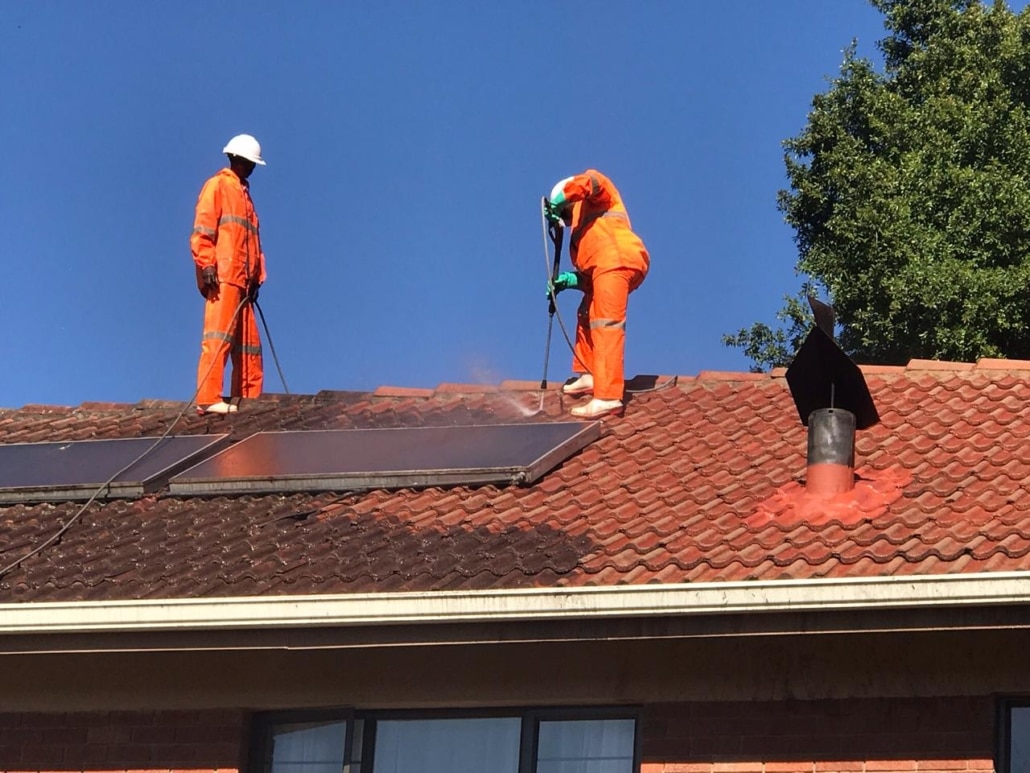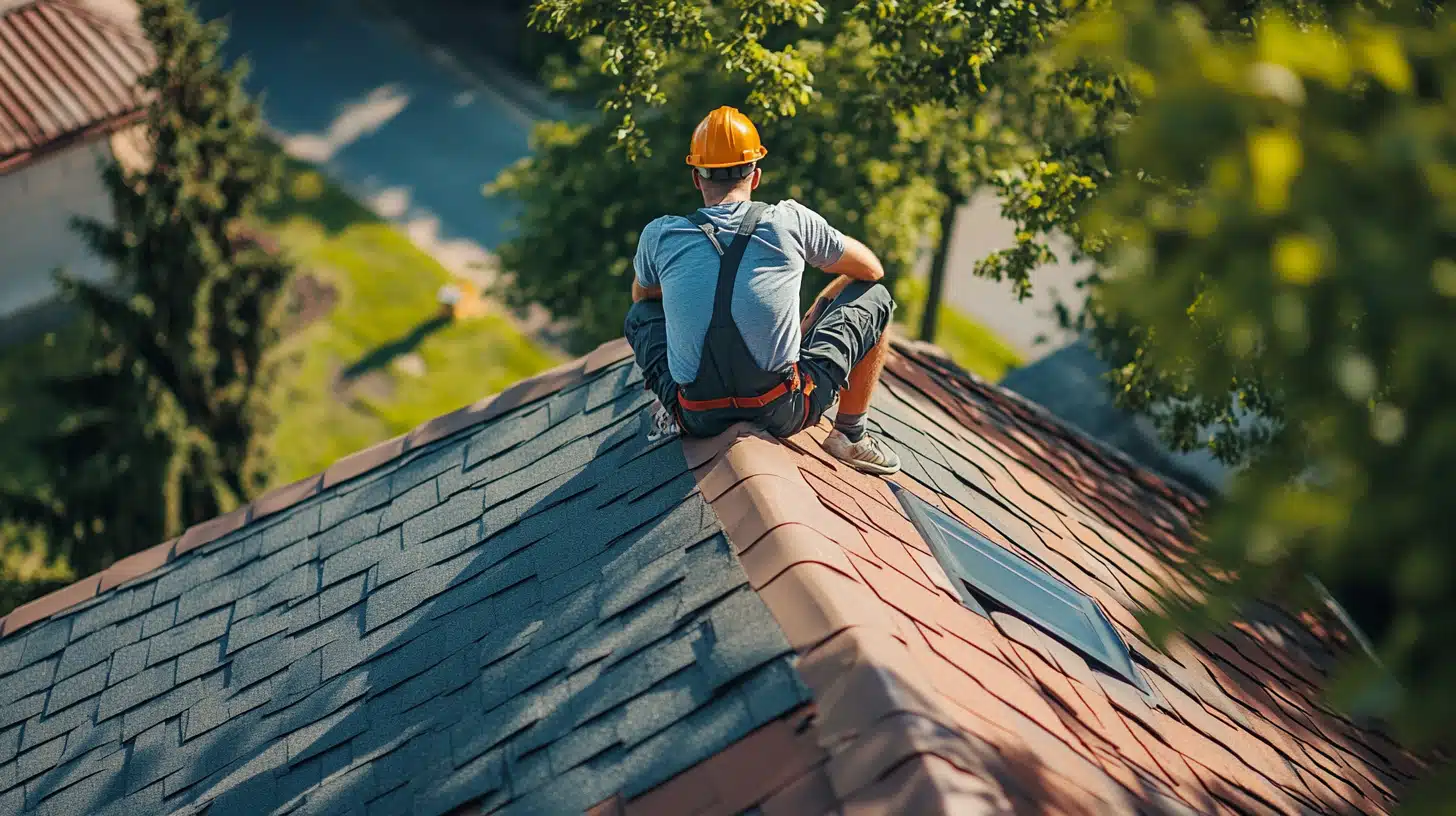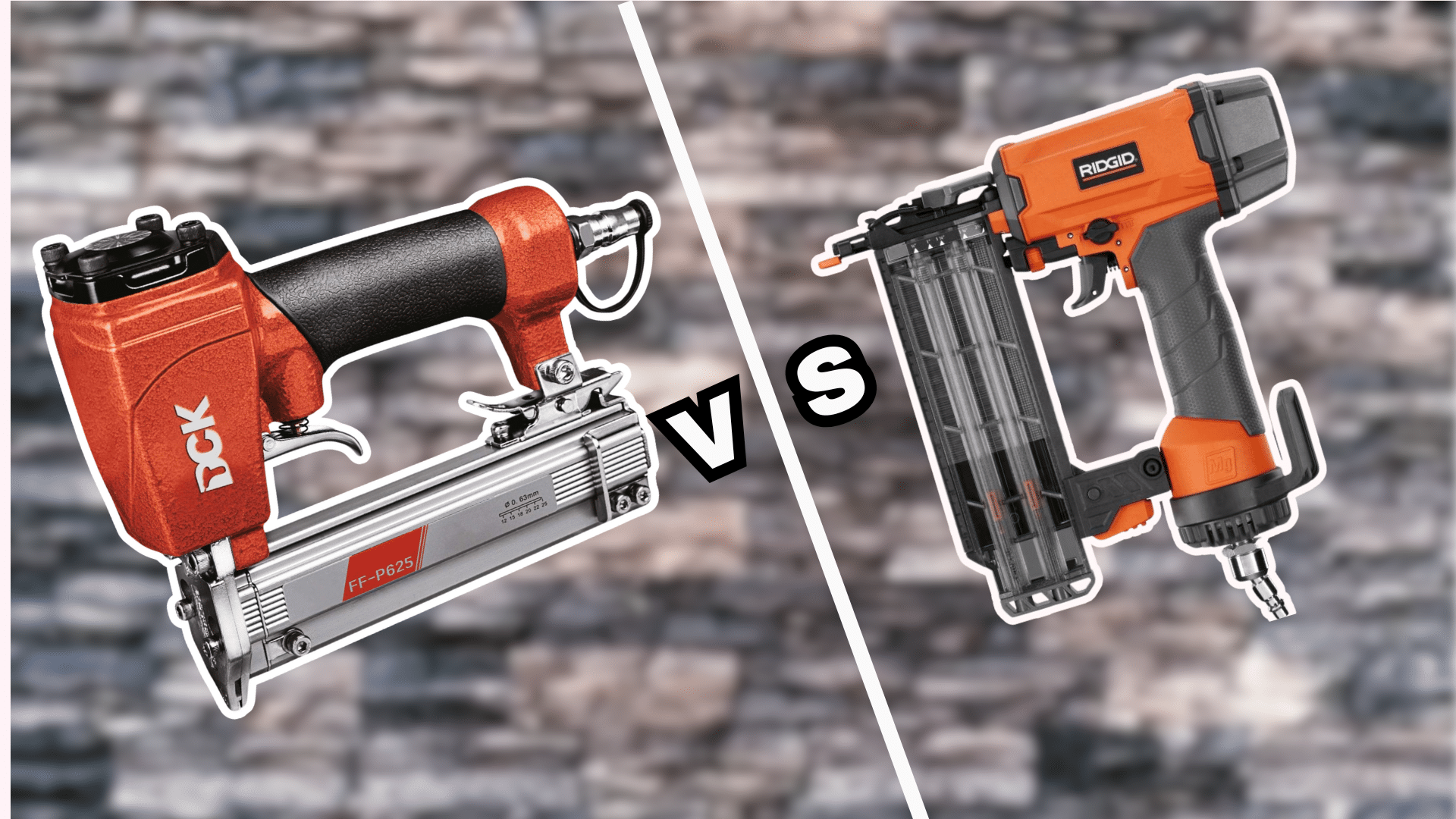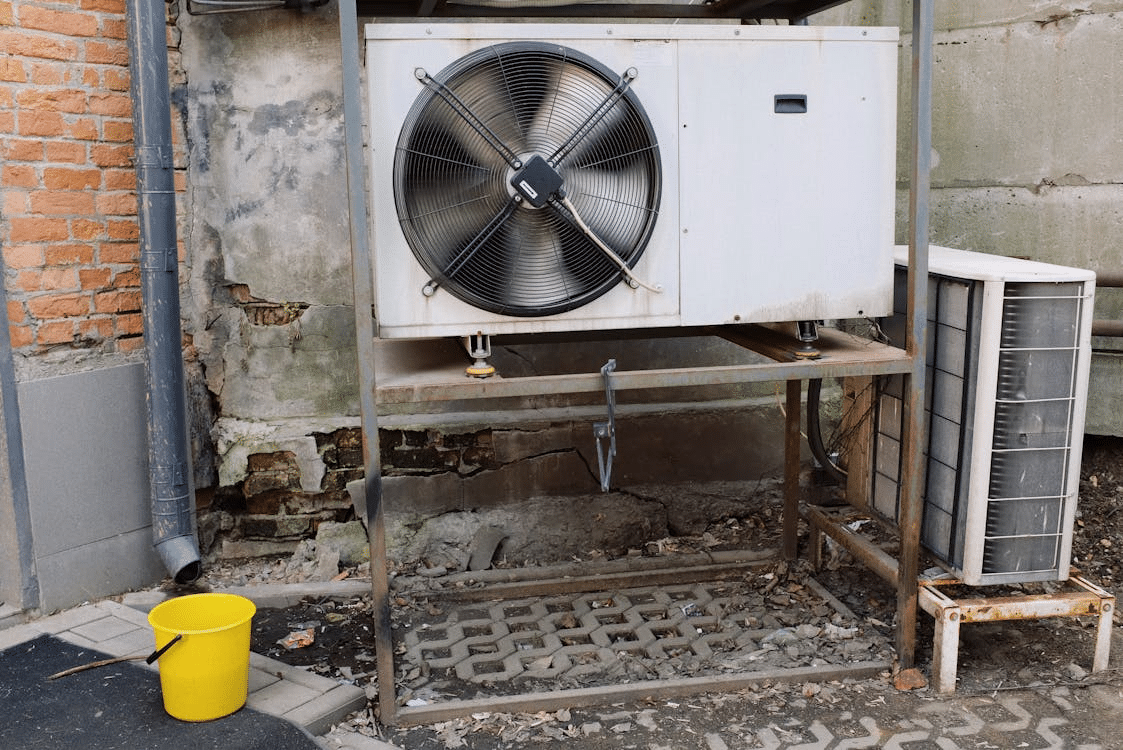Roofing Maintenance Checklist: Keep Your Roof in Top Condition
Regularly maintaining your roof can help prevent costly repairs and extend the life of your roof, while also keeping everyone living under it safe. Here’s a comprehensive roofing maintenance checklist to keep your roof in top condition.
Regular Inspections

Bi-Annual Roof Inspections
Check your roof for missing, cracked, or curling shingles as this is an obvious sign that the roof has suffered damage. Also pay attention to the metal pieces around chimneys, vents, and skylights and ensure that they are intact and not rusted or missing.
Post-Storm Inspections
Shingles will usually indicate whether the roof is damaged. For example, high winds may tear the shingles off, whereas hail can cause granules to come off the shingles, which can be seen in gutters. Also, check your attic for any signs of water infiltration.
Cleaning and Maintenance

Clearing Debris
Keep your roof free of debris such as leaves, branches, and dirt. If you leave debris to accumulate, it can retain moisture and lead to the growth of mold and algae, which can damage roofing materials.
Clean gutters and downspouts regularly to prevent clogs that can cause water to back up and damage the roof. Also remove leaves, branches, and other debris from the roof surface. Tip: Use a broom or leaf blower for this task to avoid damaging the shingles.
Moss and Algae Removal
Moss and algae can grow on your roof, especially in shaded or damp areas. These organisms can retain moisture and can also cause shingles to deteriorate.
To remove moss, you can use a moss removal solution and a soft-bristle brush to gently scrub moss from the roof. Although a pressure washer may seem like a good solution, try to avoid using it as it can damage shingles. Finally, apply an algaecide or a mixture of water and bleach to affected areas. Be sure to protect your landscaping from runoff.
Structural Maintenance

Checking for Leaks
Regularly inspect your attic for signs of leaks, such as water stains, mold, or damp insulation. Identifying leaks early can prevent significant damage to your home’s structure.
Be on the lookout for water stains on ceilings and walls, which can indicate a roof leak. You can also look on and check the roof surface and flashing for cracks or gaps that could allow water to enter.
Inspecting Roof Components
Ensure all roof components are in good condition to maintain the integrity of your roof. Here are some parts you need to pay attention to:
- Flashings: Inspect and repair any damaged or loose flashings around chimneys, vents, and skylights. Flashings are crucial for preventing water infiltration.
- Vents: Make sure roof vents are clear of debris and functioning properly to maintain proper ventilation.
- Skylights: Check the seals around skylights to ensure they are watertight and free of cracks.
Seasonal Preparations
Preparing for Winter
Before winter comes around, ensure that your attic is properly insulated. This will help to prevent ice dams, which can cause significant damage. Also, make sure that your attic has adequate ventilation to prevent condensation and moisture buildup. And finally, use a roof rake to remove excess snow and ice buildup during the winter to prevent ice dams.
Preparing for Summer
Check for any damage from winter and spring storms and make necessary repairs. Consider applying a reflective coating to your roof to protect it from UV damage and reduce cooling costs.
Professional Maintenance
Hiring a Professional Roofer
A professional roofer has the expertise to identify and address potential problems that may not be visible to the untrained eye. They can also handle more complex repairs and maintenance tasks that require specialized skills and equipment.
Maintaining Warranties
Many roofing warranties require regular maintenance and inspections to remain valid. Keep detailed records of all inspections and maintenance activities.







